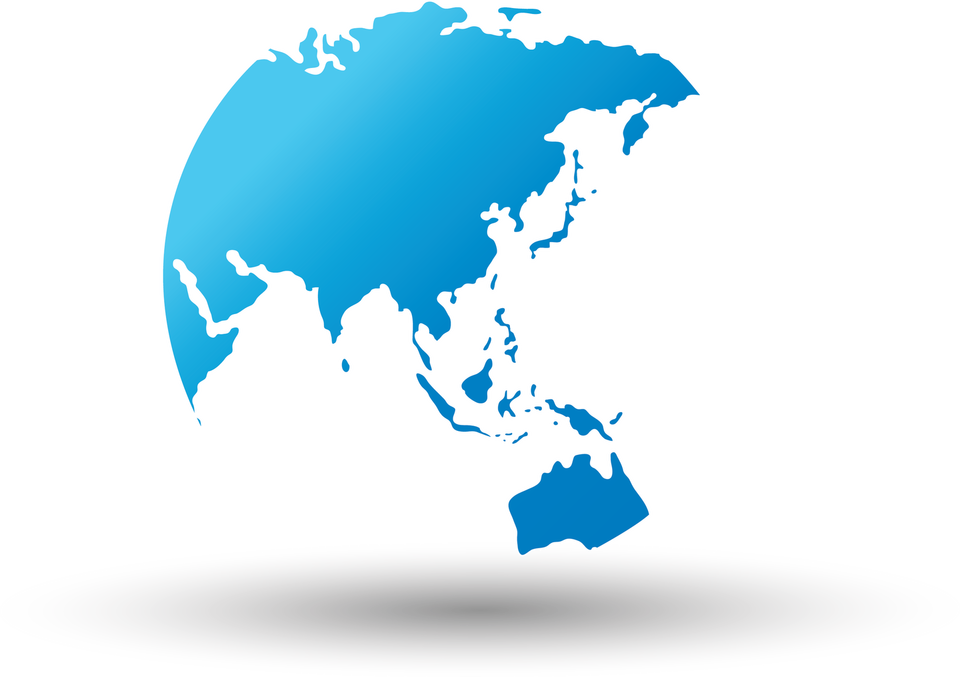REGIONAL FOCUS
Beyond China: five up-and-coming mining hubs in Asia
While China dominates the field as a mining superpower and minerals exporter, there are several other countries in Asia ready to step up to the global stage. Yoana Cholteeva looks at some of the other growing mining hubs in the region and their successful development.


Countries rich in mineral deposits have been focused on mobilising infrastructure and refining government policy to make the most out of their natural resources.
According to InEight vice president of industry engagement Rick Deans, Asia’s budding mining hubs are built by “typically (but not exclusively) mature firms with global operations”, possessing “the ability to truly understand costs relative to discovery, development and production”.
As the most critical stage in the life of a mining asset is often development, he suggests that, like in most industries, the cost and timelines of construction can be unpredictable, and could damage the economic assumptions used to justify expenditure.
“Experienced owner-operators mitigate this risk with good process and data, enabling them to be an active collaborator with their engineering and construction partners throughout the development stage,” he says, adding that a digital approach to project cost management could enable operators to forecast costs and predict where operations are headed.
Below are five Asian nations outside of China that have emerged as increasingly important hubs in global mining.
More than half of the country’s coal mines are managed by pro-Russian separatist militia.Credit: DmyTo/Shutterstock.

